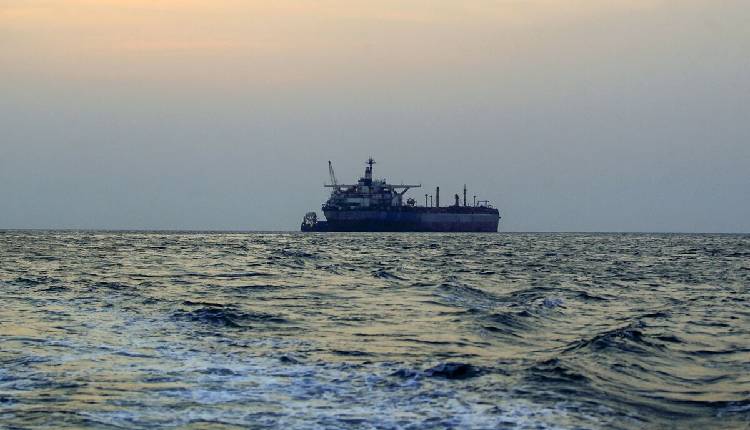Oil tanker crisis intensifies as Red Sea attacks divert trade
The oil tanker industry’s old warnings about a shortage of new ships are now impacting the market due to Houthi attacks on commercial shipping, Bloomberg reported on Sunday.
Only two new supertankers will join the fleet in 2024, a nearly 40-year low and about 90 per cent below the millennium’s yearly average.
As ship owners increasingly avoid the southern Red Sea, the limited new capacity is causing rate increases and longer voyages.
Last year, OPEC and its allies-controlled rates by limiting oil supply.
Meanwhile, the energy transition aims to eliminate fossil fuels, casting a shadow over the industry’s future.
However, the growing avoidance of the southern Red Sea, compounded by Russia’s war in Ukraine, is lengthening trade durations.
CEO of Euronav NV, Alexander Saverys, noted that diversions not only hit the daily shipping, but also crude oil and product tanker shipping in particular.
After the attacks started in November, commercial vessels, especially container ships, began avoiding the Red Sea, but oil and fuel tankers took longer to do the same.
This changed last month when US and UK forces bombed Yemen to stop the incidents. However, the military actions didn’t deter the Houthis, leading many top tanker owners to stay away.
Enrico Paglia, research manager at Banchero Costa, states that the tanker market, especially for crude oil tankers, is tight and will tighten further.
The global fleet’s efficiency is declining due to a tanker shortage, with many vessels rerouting around southern Africa and a growing dark fleet limiting ship availability.
The shipping industry, known for its volatility, saw average earnings spike to about $100,000 a day in 2020 when oil traders stored oil at sea. However, subsequent production cuts by OPEC and its allies caused a multiyear downturn.
Since Russia’s invasion of Ukraine, oil deliveries have become more long-distance due to a reshuffling of global oil flows.
Shipments to Europe, which used to take a few days across the Baltic Sea, now take weeks to reach other parts of the world. The Red Sea disruption is further increasing these sailing times.
Fotios Katsoulas, lead analyst for tanker shipping at S&P Global Commodity Insights, reports a rise of up to 5 per cent in vessel employment rates, indicating increased tanker fleet usage since ships started avoiding the waterway.
The order book for supertankers is historically low, with only two joining the fleet this year and five expected in 2025, compared to 42 ships delivered in 2022.
Despite a recent increase in orders, delivery takes years, and shipyards are currently filled with container vessels and liquefied natural gas carriers ordered during the pandemic.
OPEC+ continues to limit output to support oil prices, reducing the volume of oil at sea and potentially curbing tanker demand due to high freight rates.
Owners may switch orders to more profitable vessels, but equity analysts remain mostly positive about tanker owners.
Frontline Plc, the world’s biggest listed pureplay tanker owner, receives 12 buy recommendations out of 16 covering companies.
All 11 analysts covering International Seaways Inc., another top 10 company, recommend buying.
Banchero Costa’s Paglia notes that the limited order book, rapidly aging fleet, overage tonnage, and environmental regulations’ impact suggest a favorable market for tanker owners for the foreseeable future.


